By Alex Jones
HEART-STOPPING footage captures the moment a TWELVE-FOOT shark BITES a boat in an aggressive display of dominance – but the scientist who filmed the video says simply ‘SQUARING UP’ with a shark can calm it down.
Despite the seemingly vicious attack, shark specialist Riley Elliott (33) is determined to challenge society’s negative view of the sharp-toothed sea creatures and shift it to one of admiration – even explaining how it’s possible to swim alongside the apex predators by radiating confidence, ‘squaring up’ to the deadly fish, and treating it with respect.
Aside from the stunning boat footage of a Mako shark attacking the boat, spectacular images show Elliott interacting with awe-inspiring beasts and close ups showing the sleek creature’s lethal array of teeth.
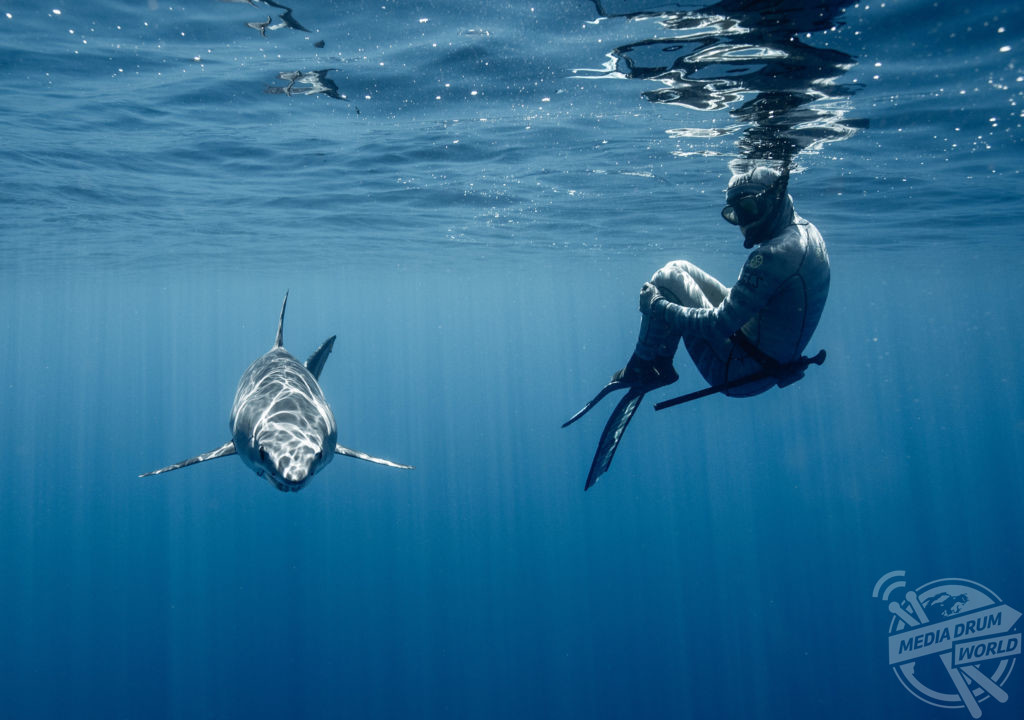
Born in Canada but growing up in New Zealand, where he caught this breath-taking encounter on camera, Elliott has travelled to over 60 countries, studying and discussing marine wildlife. He explains the science behind the shark’s decision to bite his boat.
“I specialise in Mako sharks; the fastest and likely most intense of all the shark species,” explained Elliot, who has a Masters in Marine Science and spent years studying sharks off the coast of South Africa.
“We have food – fish scent and frames – in the water to attract the sharks, and so, when a shark capable of speed approaching 45mph gets a smell of that, it turns up hot, and they tend to try and intimidate anything that’s around the food, enough so as that it leaves. We are a boat with the food, yet this 12ft Mako shark had no issues telling us who’s boss. So in short, it’s a display of dominance.
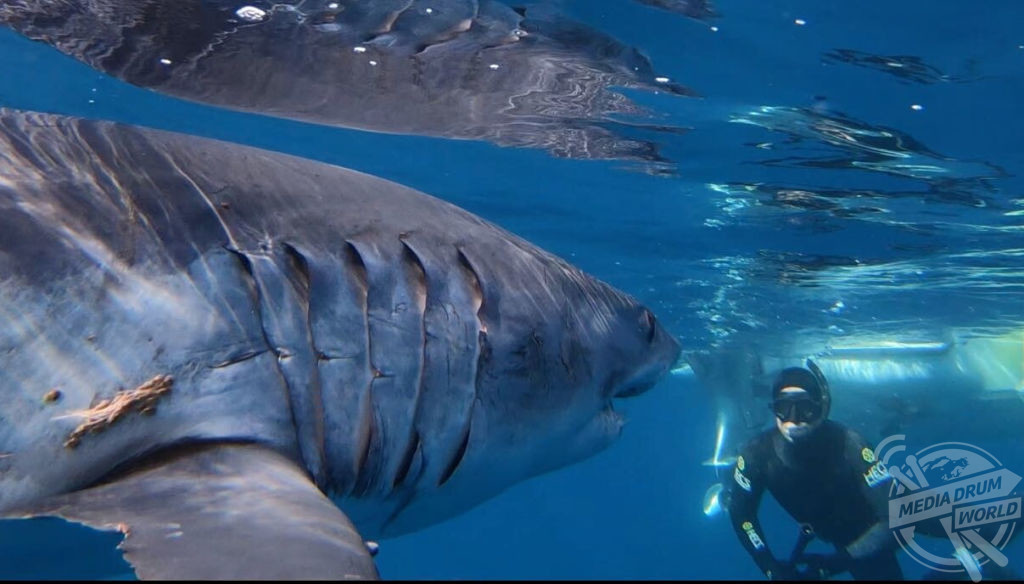
“But what is awesome, and this goes for all wild animals, is if you spend time with them, study them and respect what they are trying to tell you, it is possible to communicate back to them, calm the situation, and sometimes coexist in their world. Only through years on the water with these rarely observed creatures, have I learnt, through respectful baby steps, how to get in the water with them. And in doing so, generate imagery that speaks loudly in modern media, not of Jaws, not of fear, but of fascination. Man and shark in one image – how, is often the question. Then comes the science laced into that imagery.”
Realising the power and striking nature of shark attacks, Elliot uses breath-taking photos and videos to catch his audience’s attention before explaining the science behind the imagery. Although generations of people have grown up afraid of sharks – not least because of Steven Spielberg’s 1975 blockbuster – the shark scientist hopes to communicate that whilst fear is understandable and necessary, it’s still possible to interact with sharks safely with the right training.
“In order to work with any apex predator, more than capable of causing you serious harm, you need to display to it that you are not prey, but also, that you are not a predator,” said the 33-year-old who uses the Instagram handle @thelifeofrileynz
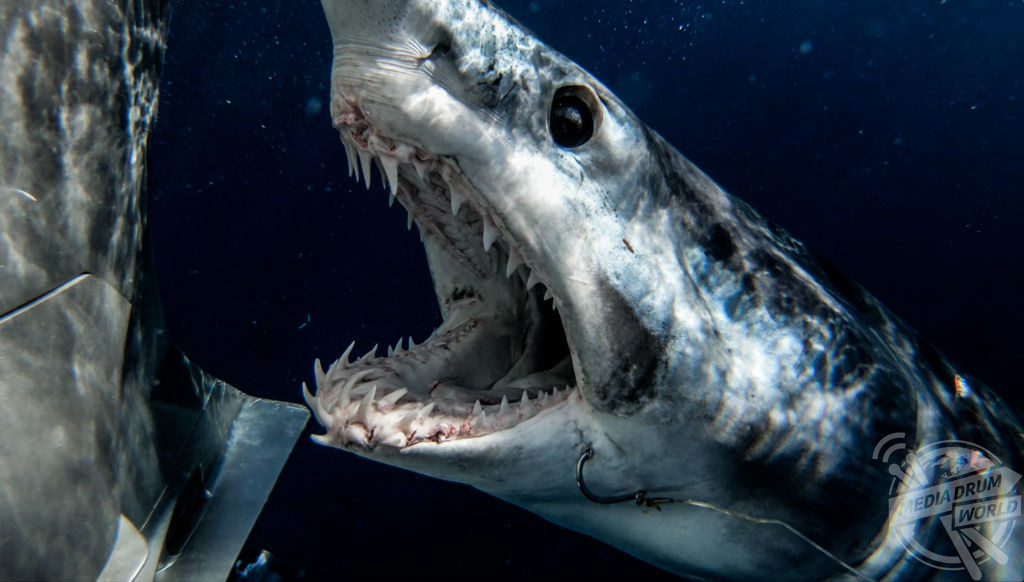
“Believe it or not, sharks are very cautious. You don’t survive five mass extinctions, and be the oldest existing animal on earth, without some smarts. So sharks often are very scared of us, and like any scared animal, that can be dangerous. So communication is key with sharks, and how does one communicate in ‘shark’? Think tough guys at a pub.
“Seriously, it’s exactly the same, two guys square up, chest to chest, eyes wide open, arms curled, teeth gaped. Sharks do literally the exact same thing. It’s a measuring method. Who’s bigger, more confident, more likely to win, if there was a fight? But nature is smarter than man, it doesn’t waste energy in a fight if avoidable. So when you swim with a shark and it starts measuring you up, you have to learn how to avoid being passive, but at the same time not initiate a bar fight, because clearly, you won’t win. This comes down to subtleties, like dropping a shoulder, slightly lower, showing a bit of passive nature, whilst still holding eye contact. Swimming at the shark if needing confidence, or down and away to give it top dog space. It’s a complex dance and one that varies with each shark, as an individual and across species.
“Ultimately, it’s a respectful understanding that when done right, can reveal a stunning display of man and ‘monster’, which enables a shift in perspective for people. This is important as sharks, across the globe have declined by up to 90% in the past 30 years, and they are the doctors and garbage men of the sea. Just ask yourself, what would society look like without those fundamental roles operating?”
But even Elliot – and in this particular case, a world-renowned UFC fighter – understands there are limits to swimming with nature’s most streamlined killing machines.
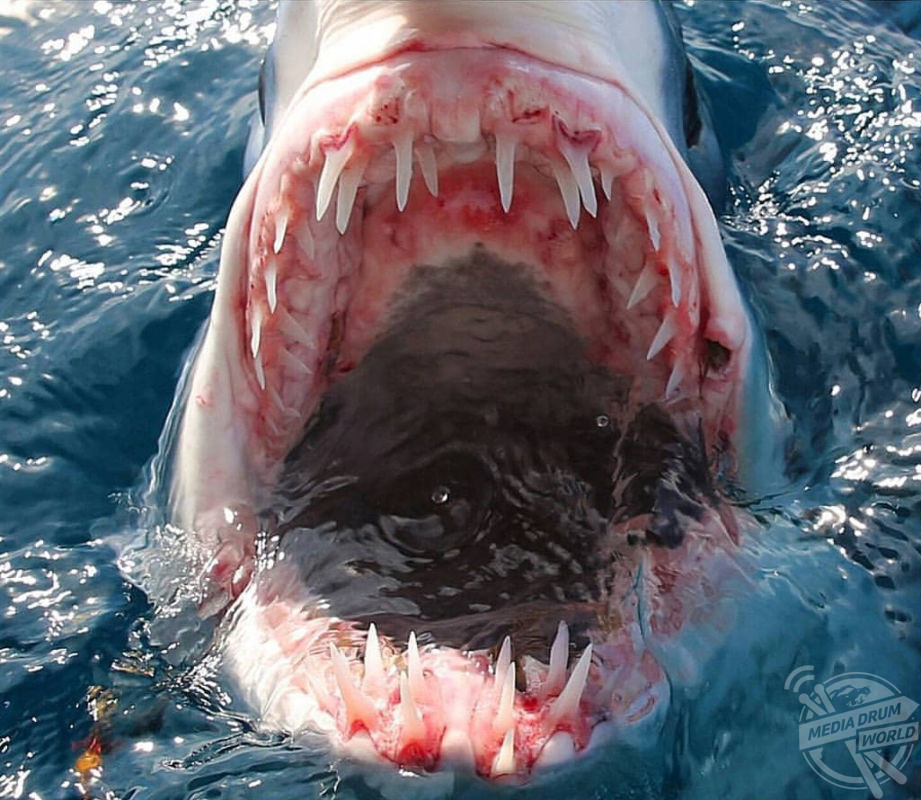
“The boat-biting encounter actually took place when we were preparing to take famous UFC fighter Rhonda Rousey, out in the water, without a cage, to swim with the ultimate fighter of the shark world, the Mako,” he said.
“I have spent a lot of time with these animals, and they never cease to scare me at the start. Once you calm them down, it feels better, but every time I slip in, it is still scary to some degree. This day, the sharks just kept getting bigger, with each larger shark scaring away the previous smaller one. When the final shark got to 13ft long, you are talking about a serious animal. And in the back of my mind, we were prepping for taking Rhonda out, so I had to balance between loving seeing these huge Jurassic Park specimens, and then knowing we would need to find smaller sharks for the shoot the following day. Not your everyday work problems I guess!”
But Elliot is aware that it’s interactions like this that make people aware of sharks and the problems they face in the real world. He suggests that we are all becoming more aware of the plight of the oceans and the animals that dwell within but fears that without drastic change, it may be too little, too late.
“Imagery like this just speaks so loudly,” he admitted.
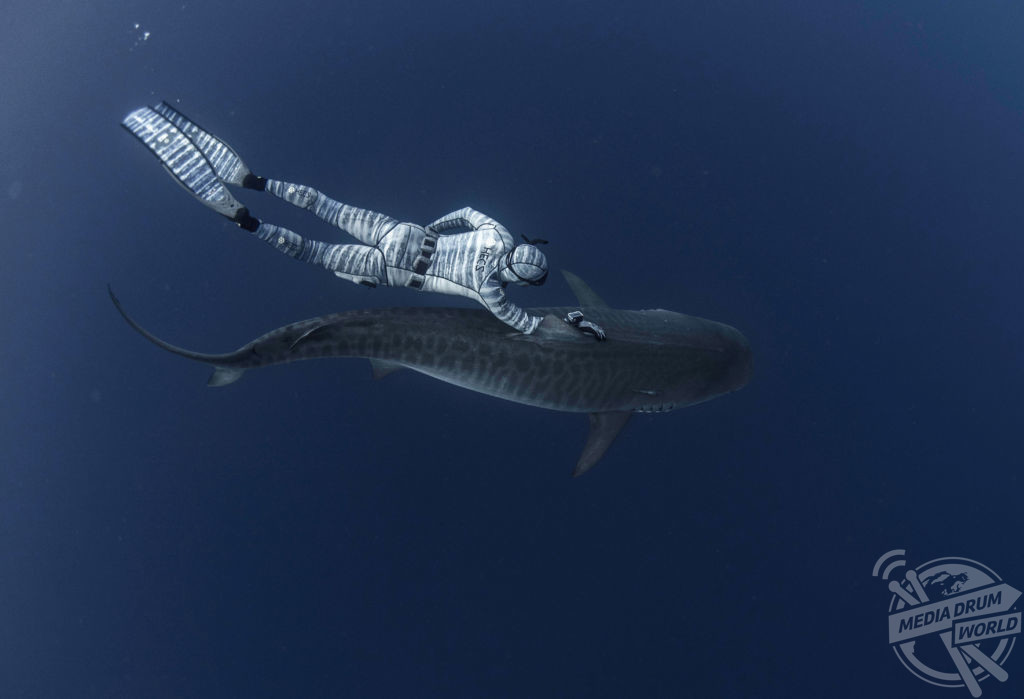
“And no matter who you are or where you are from, sharks instil a very powerful emotion in us. Most often it’s fear, and that’s fine, I say to people ‘fear is good’, it’s an instinct and emotion that is geared to keep us alive. It’s how you react to that fear which is important. Historically with sharks, it was through malice and hatred, due to the unknown, and films like Jaws. Imagery like this, catches an audience, and if captioned with scientific insight, helps provide facts around the shark for people, and that fear is responded to with respect; something all wild animals deserve.
“If this video came to light a decade ago, it would be all about hating on the shark, for ‘trying to sink my boat and get me’. What is so cool these days, is people actually love sharks. They have become aware as to the critical role sharks play in the ocean, and that they aren’t man eating machines, and that they are in trouble population wise. So people actually care for sharks, and celebrate the awesomeness of them. Most comments I see regarding this video, are generally of awe. People may still be scared of it, but what has changed in recent times is the perspective around sharks; they live in the sea, we don’t. If I choose to go in there, yeah there’s some risks, but there’s risks everywhere. Respect for the shark has grown. Respect for the natural world in general has grown. The hard question, is are we too late in our reversal of impact on nature, and sharks?”
For more information on Riley Elliott’s findings, please visit www.rileyelliott.com






